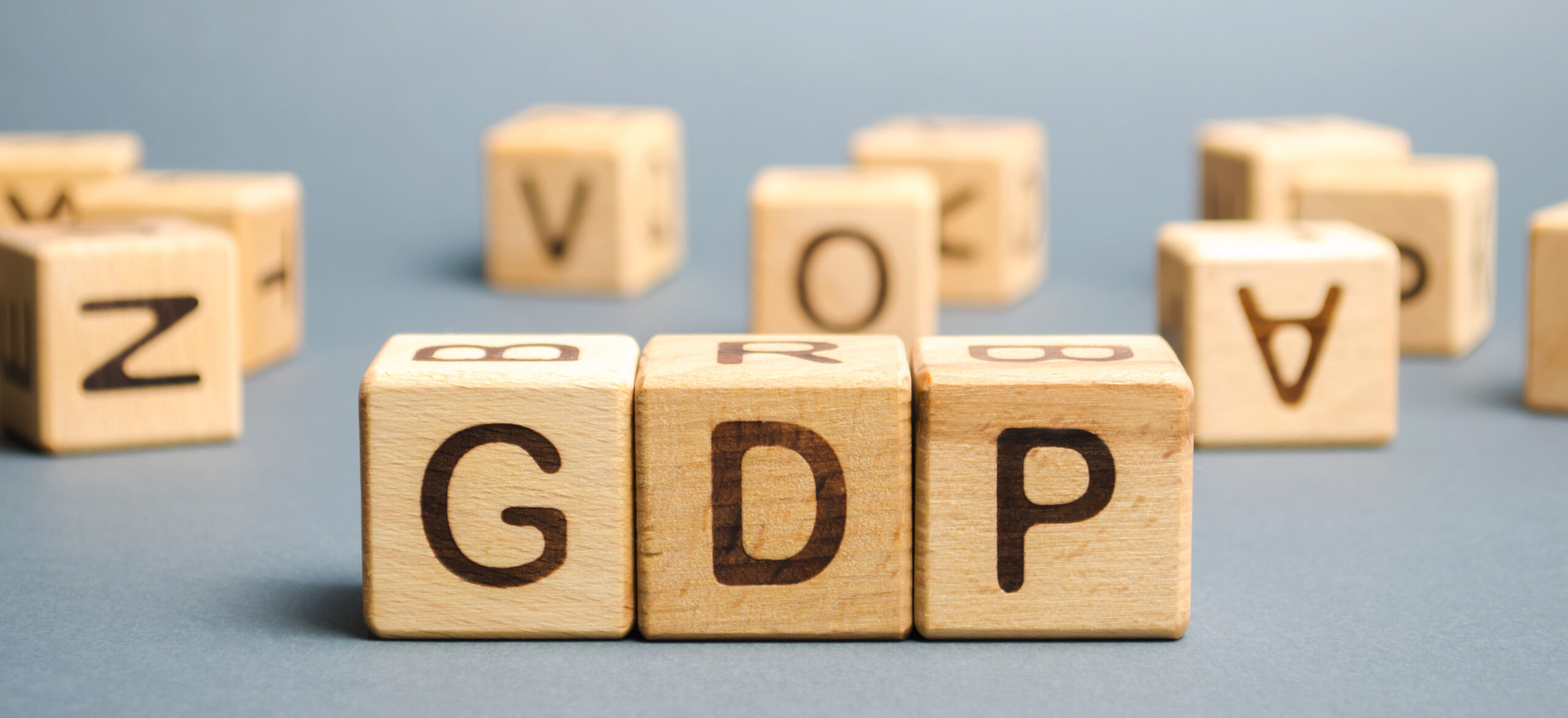
GDP: 6 Economic Indicators Small Businesses NEED to Watch, Part 1
ATTENTION SMALL BUSINESS OWNERS!
Understanding key economic indicators and what they mean for your business and personal finances can help you make informed decisions, anticipate market changes, and strategically position your businesses for success.
Your business and wealth don’t exist in a vacuum – they are heavily affected by various national and international – and now non-geographic (think Web3 and Crypto) economic and social factors.
Staying ahead of economic trends and shifts creates a general awareness of this economic context, and can be the difference between thriving, merely surviving, or not making it at all.
Here’s a guide to the crucial economic indicators that all small business owners should understand and monitor:
1. Gross Domestic Product (GDP)
GDP represents the total economic output of a country and is a critical indicator of economic health.
When GDP is rising, the economy is in an expansion phase, which typically increases consumer and business spending.
This indicator on an upswing also usually takes the general stock market up with it and will cause investors to take a riskier approach.
Therefore, inversely, things like Treasury Bond prices (10-year) will go down during an uptrend in GDP since they are much less risky investments than stocks, options, futures, and Forex.
Thus, declining GDP indicates an economic contraction, which has historically led to decreased overall spending and investment.
This can have a major impact on your business, depending on the economic class of your primary client or target client.
Here are a couple of examples:
Retail
For commodity-based retail businesses, a growing GDP often correlates with higher consumer spending from lower-income households, who may now be seeing the ensuing results of higher wages, and a reduction in unemployment.
Retail owners can anticipate greater demand for their products and may consider expanding their inventory or launching new products.
An interesting confluence here: with lower unemployment, the minimum-wage earners in the economy become harder to come by as employees.
Service Providers
Service-oriented businesses, like salons or consulting firms, can expect an increase in demand when the GDP is rising, as lower- and mid-level income households will have more discretionary money to dispose of.
They will be more inclined to borrow and consume more on the promise of a growing national product that will require higher salaries, and more jobs.
During GDP contractions, the opposite is true – you may be able to come across more labor, but it will be labor that isn’t happy with a new (probably lower-level than the one they recently had) job.
In addition, the middle- and lower-income households will start to retrench and save more than they will spend.
That could very well impact their ability and willingness to purchase more “nice to have” services such as coaching, consultants, etc.
Manufacturing
Small manufacturing firms should closely watch GDP trends.
An uptrend in GDP can signal increased demand for manufactured goods, possibly necessitating ramped-up production or expansion, but it can also hint at increased supply in their raw materials.
When this is the case, it may be time to renegotiate lower rates with suppliers.
During GDP downturns, manufacturers might need to streamline operations and manage inventory levels more conservatively so that they don’t buy too much inventory ahead of a downturn.
To summarize:
When GDP is going up and meeting expectations – consumers buy more and borrow more.
Small businesses get a squeeze from more clients, but often fewer available employees.
And although inflation can accompany surging GDP, small business owners will often find these times of economic confidence an opportunity to invest in infrastructure (brick and mortar, systems, or people).
When GDP is going down – consumers and small business owners hesitate.
They start to hang onto excess cash, and/or pay down loans to buckle down for what could be a recessionary period.
This is a good time to review those regular expenses (like software, subscriptions, etc.) that may have piled up during the good times. Cutting costs – even the small ones – can be a good exercise during these dryer spells of low GDP.
There are many places you can keep tabs on tracking GDP growth in real time, but here are a couple of the main resources using machine learning and Google Trends data:
By understanding and being proactive with the information provided by GDP trends, you can better position yourself to take advantage of these economic upswings and weather downturns, ensuring long-term stability and growth.

Author, Virtual CFO, and Finance Coach
“Your First CFO: The Accounting Cure for Small Business Owners” on AMAZON





